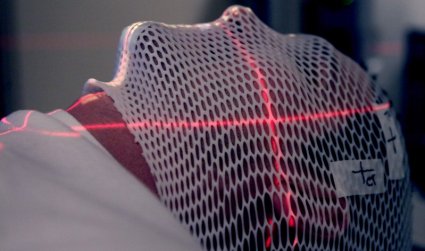Particle Therapy
Particle therapy is an advanced form of radiation therapy that uses protons or heavier ions, such as carbon, to precisely target and destroy cancer cells. Unlike conventional X-ray radiation, particle therapy delivers highly focused doses of radiation to the tumor, minimizing damage to surrounding healthy tissue.
This technique is particularly beneficial for treating tumors located near critical organs or in patients where traditional methods pose significant risks. With its ability to reduce side effects and improve treatment outcomes, particle therapy represents a breakthrough in cancer care.

While particle therapy is more expensive than traditional radiation treatments due to the sophisticated technology and specialized facilities required, the ability to reduce side effects, limit damage to healthy tissue, and improve patient outcomes could lead to significant healthcare cost savings on a larger scale. As research continues and the technology becomes more widespread, the potential to expand access to this treatment grows.
The interactive maps below display the distribution of proton and carbon ion therapy centers worldwide and in Europe. Data is sourced from the Particle Therapy Co-Operative Group (PTCOG) (last updated: June 2024). Use the menu to select the distribution of centers that are operational, under construction, or planned. Click the buttons to choose the type of particle.